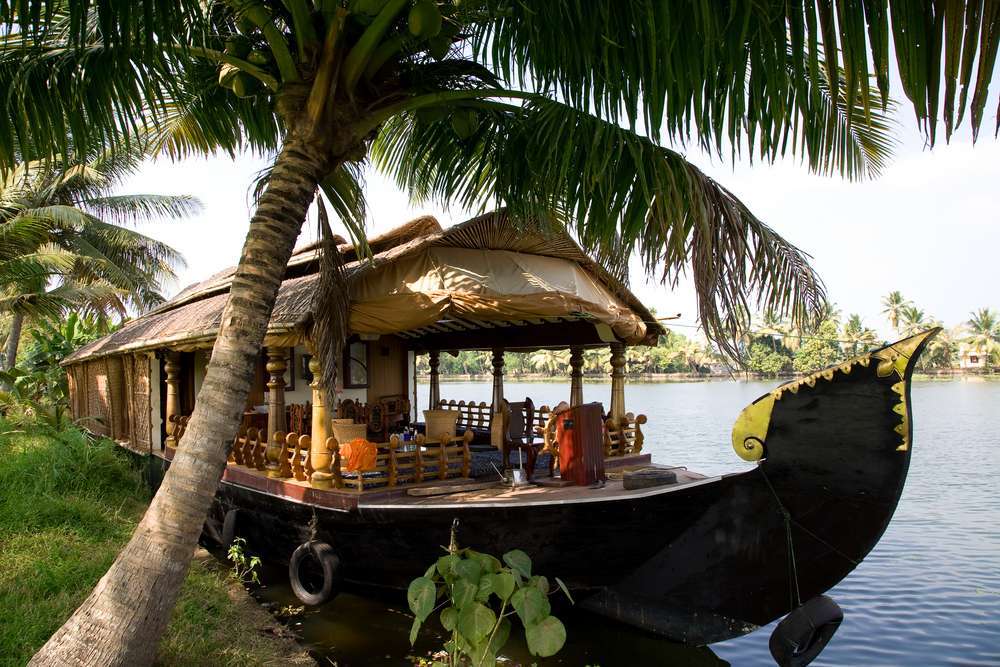India’s rich cultural heritage is woven with a myriad of folk art traditions, each reflecting the unique history, customs, and beliefs of its region. From intricate Madhubani paintings of Bihar to vibrant Warli art of Maharashtra, folk art forms have been passed down through generations, preserving the essence of India’s diverse cultural tapestry. In recent years, a growing number of travelers have been drawn to India’s villages to participate in folk art workshops, immersing themselves in the traditions and techniques of these ancient crafts. In this article, we delve into the world of folk art workshops, exploring the opportunities they offer for learning, creativity, and cultural exchange.
INDIAN VISA FOR RUSSIAN CITIZENS
Diving into the World of Folk Art
Folk art in India is as diverse as its people, encompassing a wide range of styles, techniques, and motifs. From painting and pottery to weaving and embroidery, folk art reflects the everyday lives, rituals, and beliefs of rural communities across the country. Each region boasts its own distinctive folk art forms, characterized by unique aesthetics, symbols, and cultural influences. Participating in folk art workshops provides travelers with an opportunity to delve into this rich heritage, learning directly from skilled artisans and experiencing the magic of creating traditional crafts firsthand.
Exploring Village Life and Culture
One of the highlights of folk art workshops is the chance to immerse oneself in the vibrant culture and traditions of India’s rural communities. Many workshops take place in quaint villages, where travelers can experience the warmth and hospitality of local residents while learning about their way of life. From participating in traditional ceremonies and festivals to sampling authentic local cuisine, participants gain insights into the customs, rituals, and social fabric of village life, forging connections and friendships that transcend cultural boundaries.
Madhubani Painting: Capturing Stories in Color
Madhubani painting, native to the Mithila region of Bihar, is one of India’s most celebrated folk art forms, known for its intricate designs and vibrant colors. Traditionally done by women on the walls of their homes, Madhubani art depicts scenes from Hindu mythology, nature, and everyday life, using natural pigments and plant-based brushes. In Madhubani painting workshops, participants learn the techniques of this ancient art form, experimenting with different styles and motifs under the guidance of master artisans. Through hands-on practice, they gain a deeper appreciation for the skill and creativity involved in creating these stunning works of art.
Warli Art: A Celebration of Tribal Life
Warli art, originating from the Warli tribe of Maharashtra, is characterized by its simple, geometric patterns and motifs depicting scenes of village life, animals, and nature. Traditionally done on the walls of mud houses using rice paste and natural pigments, Warli art has evolved into a popular form of painting on paper and canvas. In Warli art workshops, participants learn the basic techniques of this ancient art form, from preparing the canvas to drawing intricate patterns and motifs. Through guided instruction and hands-on practice, they gain an understanding of the cultural significance and symbolism inherent in Warli art, as well as the role it plays in preserving tribal traditions and heritage.
Pottery Workshops: Molding Clay into Art
Pottery is another ancient folk art form that has been practiced in India for centuries, with each region boasting its own unique styles and techniques. From the terracotta figurines of West Bengal to the blue pottery of Rajasthan, pottery workshops offer travelers a chance to get their hands dirty and unleash their creativity. Under the guidance of skilled potters, participants learn the basics of hand-building and wheel-throwing, shaping clay into beautiful and functional objects such as pots, vases, and sculptures. Pottery workshops provide a therapeutic and meditative experience, allowing participants to connect with the earth and tap into their artistic instincts.
INDIAN EVISA FOR INDONESIAN CITIZENS
Embroidery and Textile Workshops: Stitching Stories into Fabric
India’s rich textile heritage is celebrated around the world for its intricate patterns, vibrant colors, and exquisite craftsmanship. Embroidery, in particular, plays a central role in many folk art traditions, with each region boasting its own distinctive styles and motifs. In embroidery workshops, participants learn traditional stitching techniques such as kantha, chikankari, and phulkari, creating their own embroidered masterpieces under the guidance of skilled artisans. Through the art of embroidery, they gain an appreciation for the beauty of Indian textiles and the skill and patience required to create these intricate works of art.
Eco-Friendly and Sustainable Practices
Many folk art workshops in India place a strong emphasis on eco-friendly and sustainable practices, using natural materials and traditional techniques that have been passed down through generations. Participants have the opportunity to learn about the importance of preserving natural resources, minimizing waste, and supporting local communities through their craft. By choosing to participate in eco-friendly workshops, travelers can contribute to the preservation of India’s cultural heritage and the sustainability of its traditional crafts.
Conclusion
Folk art workshops offer travelers a unique opportunity to immerse themselves in the rich cultural heritage of India’s villages, learning traditional crafts and techniques from skilled artisans. From painting and pottery to embroidery and textile work, these workshops provide a hands-on experience that fosters creativity, cultural exchange, and personal growth. Whether learning the intricacies of Madhubani painting or mastering the art of Warli embroidery, participants come away from these workshops with a deeper appreciation for India’s diverse folk art traditions and the timeless beauty of handmade crafts.
Also read: Coffee Plantation Tours: Exploring India’s Java Estates
